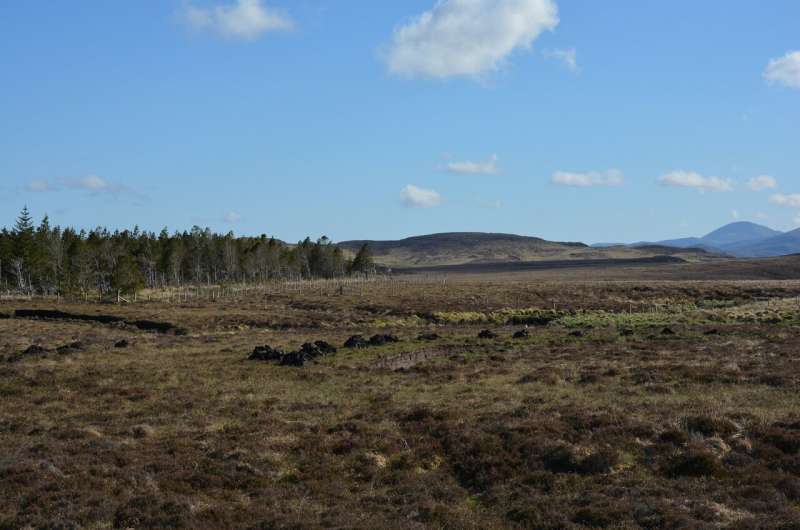This article has been reviewed according to Science X's editorial process and policies. Editors have highlighted the following attributes while ensuring the content's credibility:
fact-checked
trusted source
proofread
Peat records help reveal regional pattern of Holocene temperature change in arid Central Asia

A research team led by Pro. Zhou Weijian from the Institute of Earth Environment of the Chinese Academy of Sciences, Zhengzhou University and the Xi'an Institute for Innovative Earth Environment Research, has revealed a new pattern of the Holocene temperature change in arid Central Asia.
The results were published in Quaternary Science Reviews on Feb. 9.
The researchers studied the indicator of humification degree in different types of peatlands in published paleoclimate research. Combined with the study of modern humification processes, the degree of humification was shown to be sensitive to warm season temperature changes and used for quantitative paleotemperature reconstruction.
They found that Holocene temperatures in the arid Central Asia region were cooler during the middle Holocene and warmer during the early and late Holocene. "Interestingly, the late Holocene warming is different from the model simulation result and the pollen-based temperature reconstruction in the Northern Hemisphere landmass," said Dr. Zhao Haiyan, first author of the study, "greenhouse gas forcing was considered to be the main driver of this scenario."
In addition, seventeen centennial cold events related to solar activity were identified in these high-resolution (20-year) records. Eight of them correlated with the North Atlantic ice events, and more severe cooling events (temperature reduced by more than 0.5°C) were observed in the early and late Holocene as compared to mid-Holocene cold events.
This study suggests that arid regions of Central Asia, which are considered sensitive to global warming, may be affected by greenhouse forcing as early as the mid-Holocene. Furthermore, the occurrence of centennial cold events in this region is influenced not only by solar activity but also by the strength of the westerlies.
This work enriches the quantitative Holocene temperature reconstruction record of arid Central Asia, supports the spatial pattern analysis of the Holocene temperature in the Northern Hemisphere, and provides a comprehensive analysis of the mechanism of the occurrence of centennial-scale cold events in this region.
"It also highlights the influence of greenhouse gas forcing and the strength of westerlies on the Holocene temperature variations in this region," said Dr. Zhao.
More information: Haiyan Zhao et al, Holocene temperature and cold events recorded in arid Central Asian peatlands, Quaternary Science Reviews (2024). DOI: 10.1016/j.quascirev.2024.108538
Provided by Chinese Academy of Sciences




















